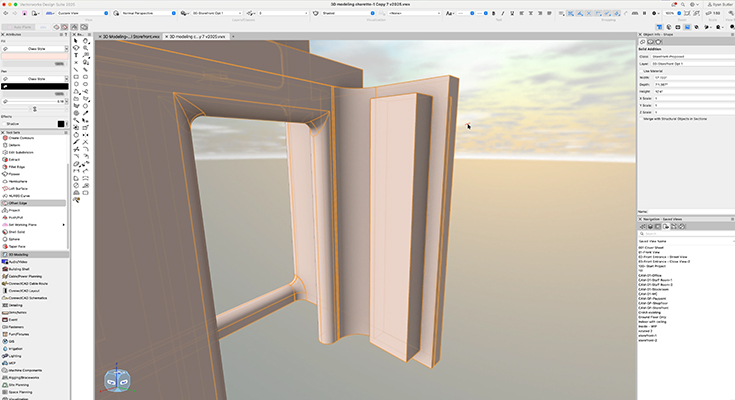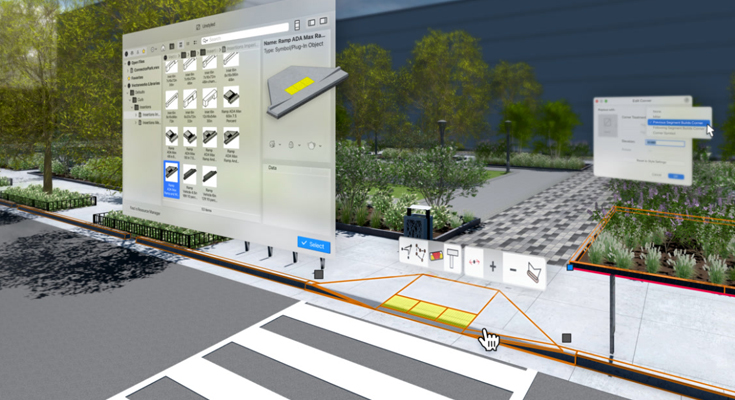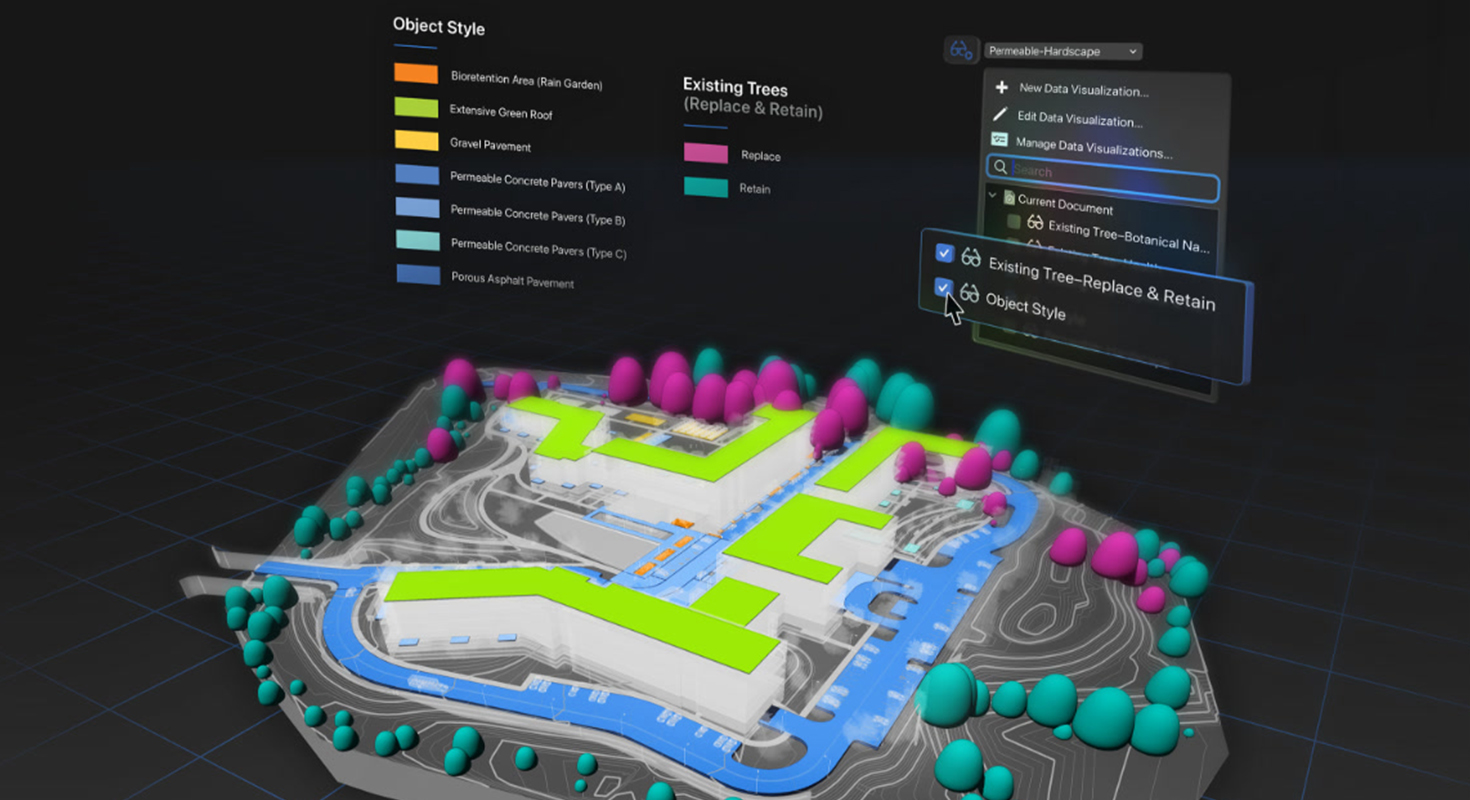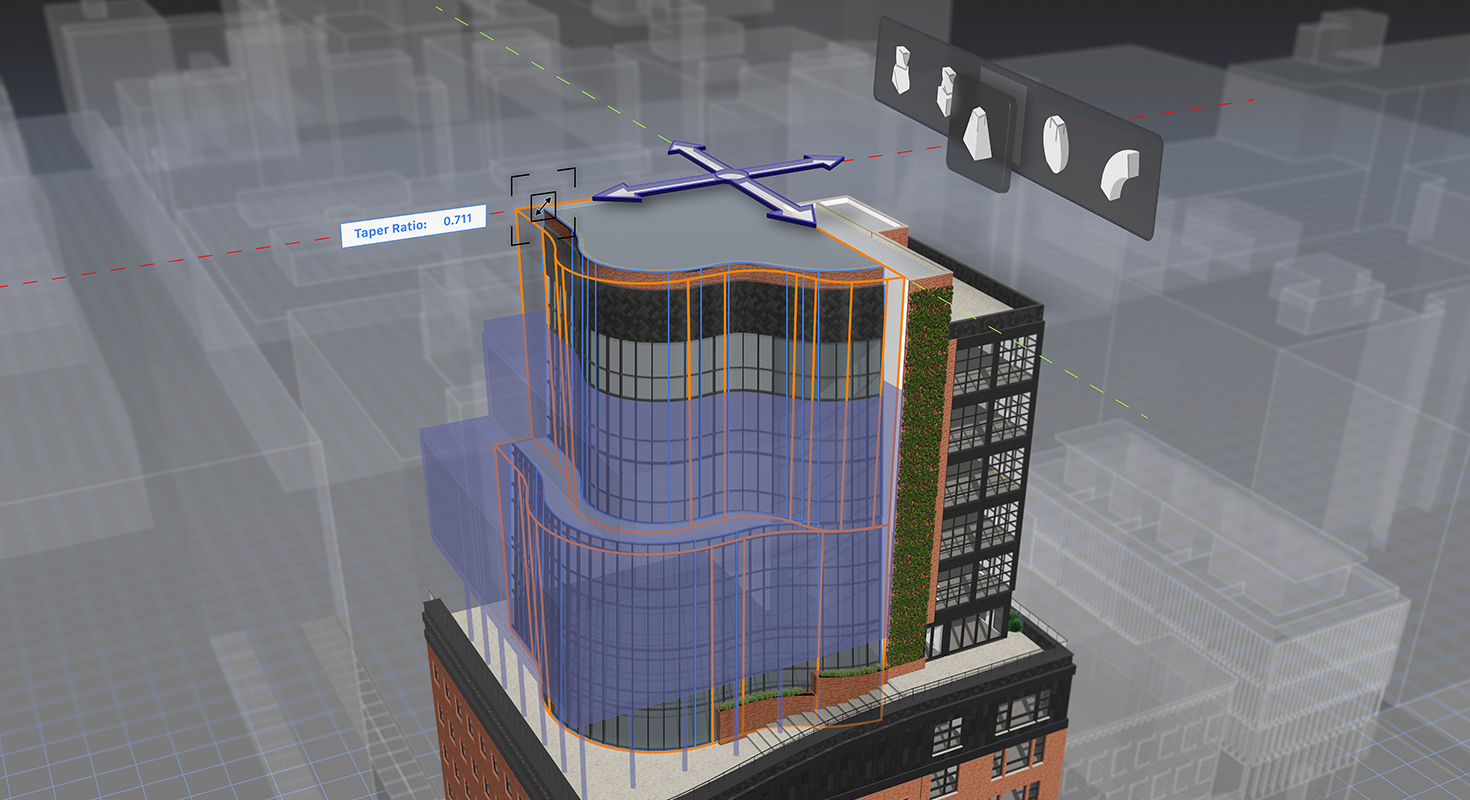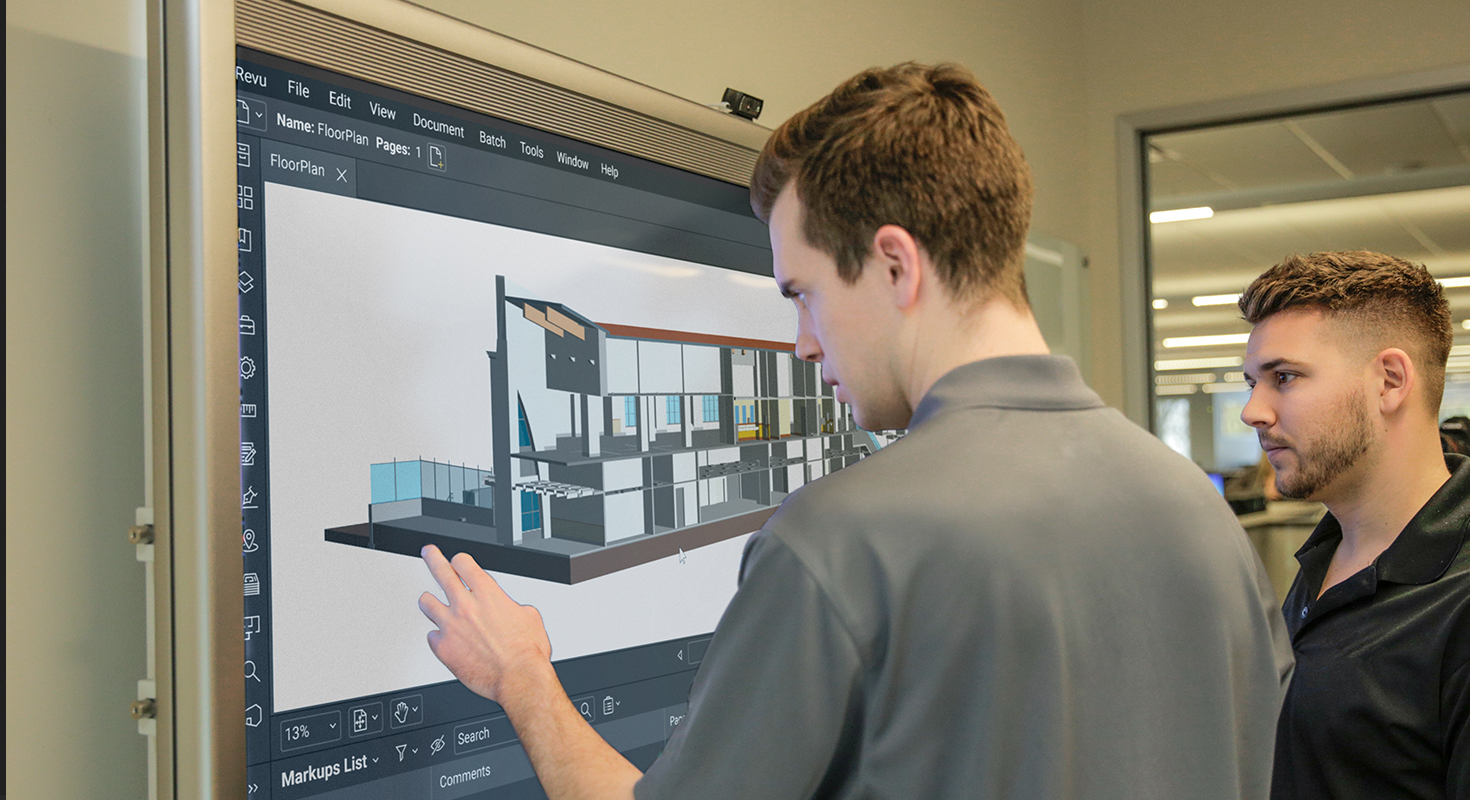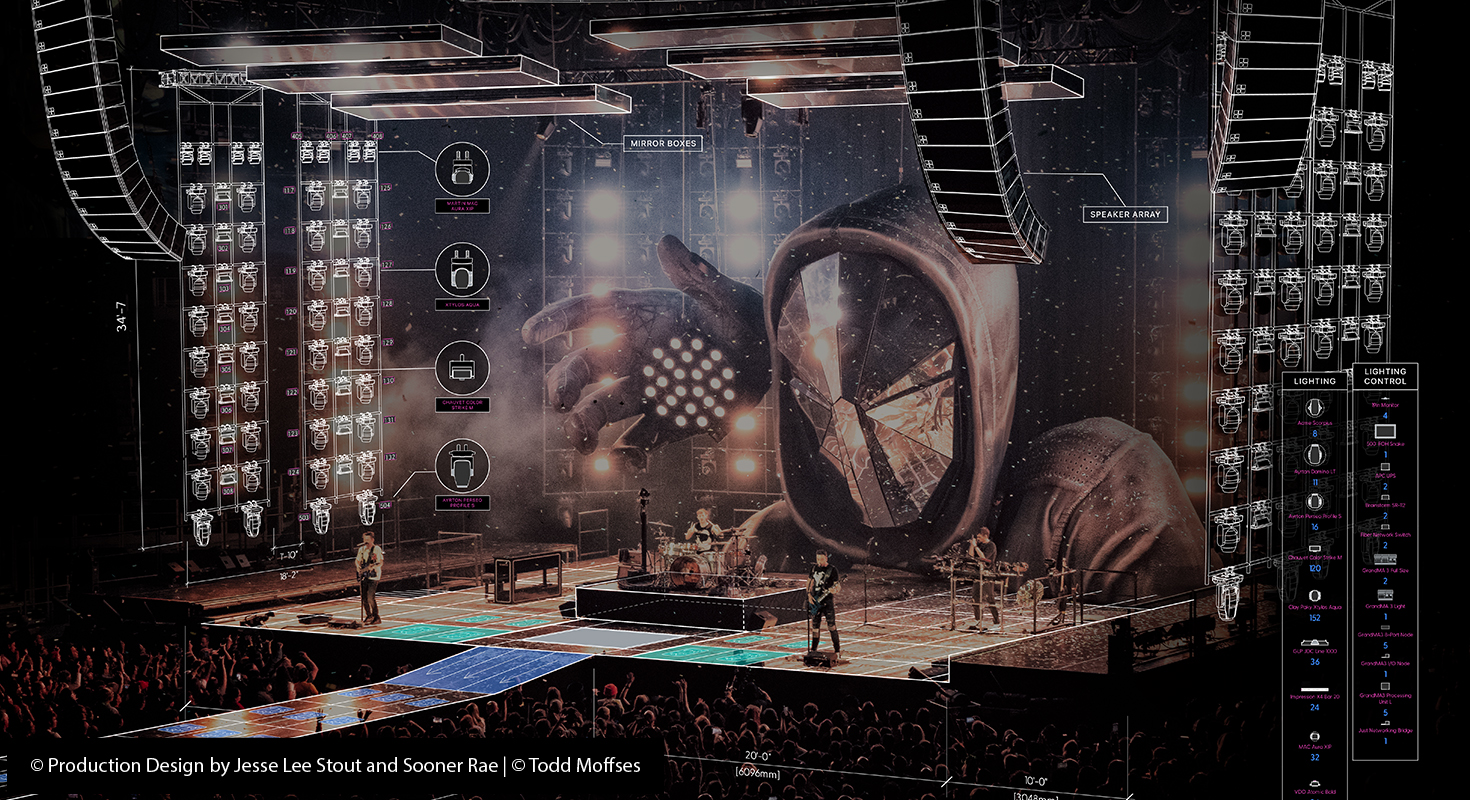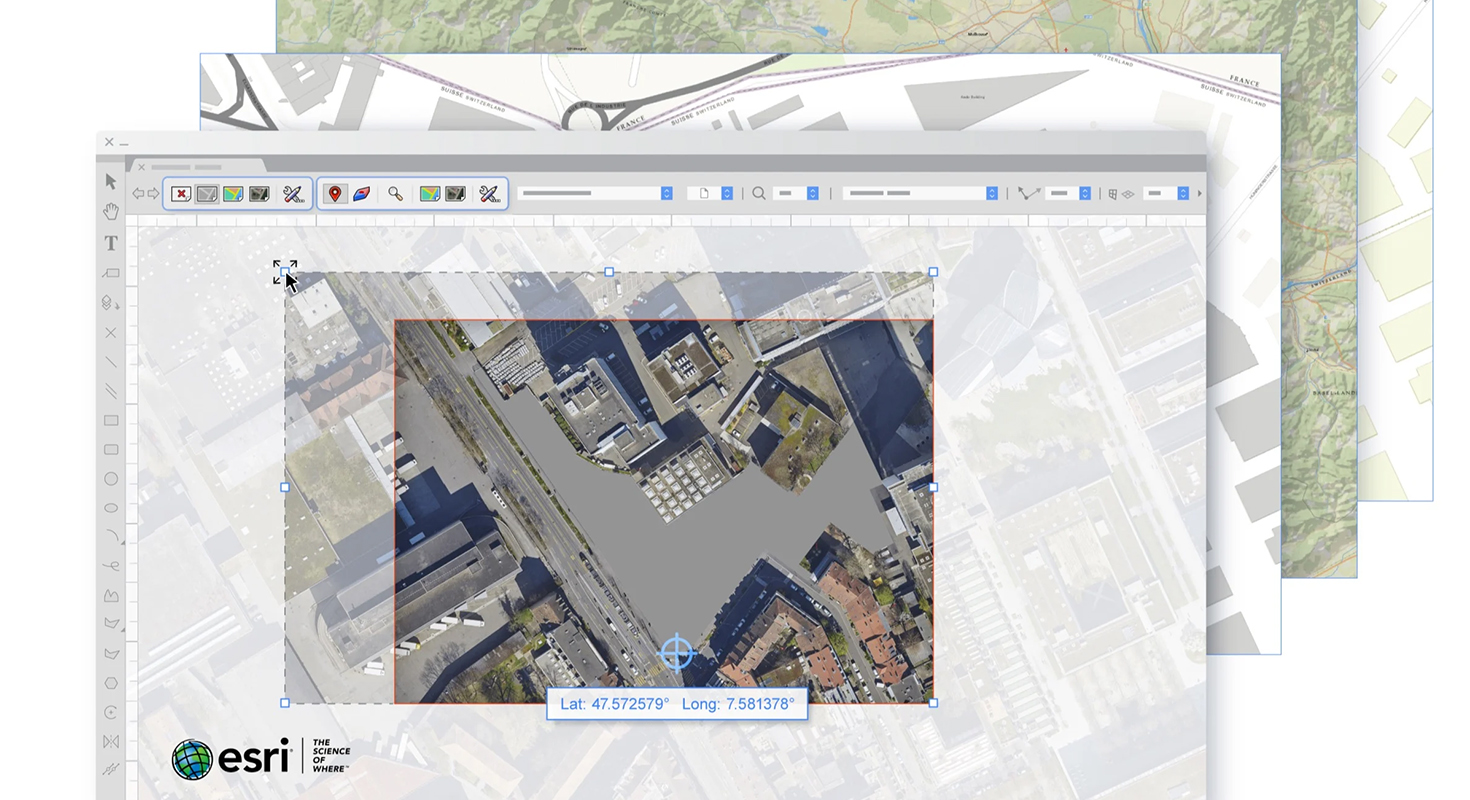Precision at Scale: Mastering Markup Accuracy in Bluebeam Revu

From calibration to dynamic scaling, here’s how Bluebeam Revu helps keep your annotations precise and proportional.
In architecture, engineering, and construction (AEC), precision is critical. Bluebeam Revu has become a go-to tool for professionals who need accuracy, consistency, and collaboration—all in one platform.
One of Revu’s most valuable features is the ability to scale markups in alignment with drawing calibrations. This ensures that annotations, measurements, and symbols are always proportional, eliminating guesswork and supporting reliable interpretation across teams.
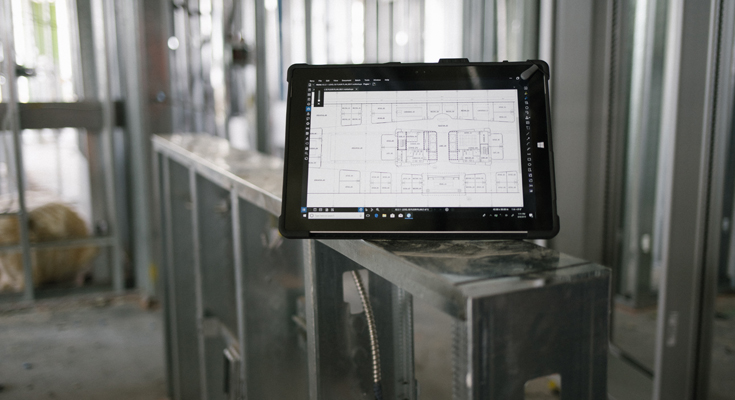
Why Scaling Markups in Revu Matters
Inaccurate or misaligned markups can lead to confusion, miscalculations, and costly mistakes. Revu helps prevent these issues by enabling markups that automatically match the drawing’s calibrated scale.
Quick Guide: Using the Dynamic Tool Set Scaler
Follow these steps to keep your markups proportional to the drawing scale:
-
Calibrate the Drawing: Choose a known dimension (like a wall length) and input the actual measurement.
-
Open the Tool Chest: Access saved toolsets from the Tool Chest panel.
-
Configure the Scale: Click the gear icon on your toolset and select a preset or custom scale.
-
Add Scaled Markups: Start marking up—Revu auto-resizes annotations, symbols, and measurements to scale.
This is especially helpful for multi-page PDFs with varying scales, such as floor plans and elevations. The result: clear, consistent markups across the entire project set.
How the Dynamic Tool Set Scaler Streamlines Work
The Dynamic Tool Set Scaler ensures every markup adjusts to the drawing’s scale, whether it's standard or custom.
Step-by-step:
-
Calibrate: Begin with a known measurement to set a baseline.
-
Activate the Scaler: Use the Tool Chest to set your desired scale—preset or custom.
-
Mark Up with Confidence: All annotations will now automatically conform to the calibrated scale.
-
Manage Multi-Scale Drawings: Assign unique scales to different sections within one document to maintain precision throughout.

Save Custom Scales for Faster Workflows
Store frequently used custom scales for future use:
-
Save Time: No need to recalibrate for similar projects.
-
Stay Consistent: Teams work from the same approved scales.
-
Collaborate Smoothly: Share saved settings across users and files.
This makes onboarding, coordination, and execution more seamless—especially on large, multi-user projects.
Tailor Markup Scaling to Any Project
Revu supports both preset and custom scale settings, giving you flexibility no matter the drawing format. You can even apply separate X and Y scales for drawings with different proportions on each axis—ideal for technical or distorted plans.
Manual Calibration for Legacy or Unscaled PDFs
For PDFs without embedded scale data, use Revu’s manual calibration. Measure a known length directly on the document, input the real-world value, and apply that calibration to one or multiple pages. This brings even legacy or inconsistent files into alignment.
Smarter Collaboration Through Scaled Markups
Scaled markups help teams work faster and with fewer errors. When everyone’s annotations follow the same scale, there’s less confusion and better coordination—especially on complex, collaborative projects with input from many contributors.
Final Takeaway: Build with Confidence Using Scaled Markups
Bluebeam Revu’s calibration tools and the Dynamic Tool Set Scaler help AEC professionals deliver with precision. Whether you’re refining a design or reviewing site plans, these tools ensure your markups always reflect true scale—improving communication, cutting errors, and driving smarter project outcomes.
Learn more about how Bluebeam helps AEC professionals work better
Share this post on:
Related Articles

